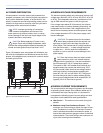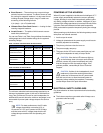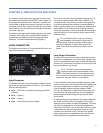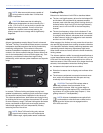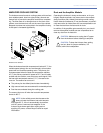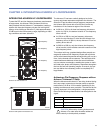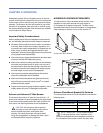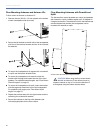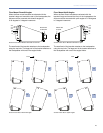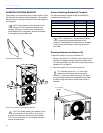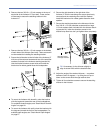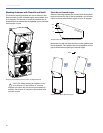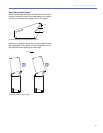
CHAPTER 4: INTEGRATING ACHERON LF LOUDSPEAKERS
20
GALILEO LOUDSPEAKER MANAGEMENT
SYSTEM
The Galileo
®
loudspeaker management system was
designed by Meyer Sound as a comprehensive solution for
driving and aligning loudspeakers, especially those com-
prised of its self-powered loudspeakers. A range of Galileo
systems are available, depending on the needs of system,
with each including hardware processors with low-latency
outputs and processing that includes gain, polarity, delay,
low- and high-pass filters, and equalization (parametric and
TruShaping). The Galileo processors can be controlled from
the extensive Compass™ software running on a Windows or
Mac
®
computer. The Galileo system also interfaces seam-
lessly with Meyer Sound’s SIM
®
3 audio analyzer.
USING DIGITAL SIGNAL PROCESSORS AND
CROSSOVERS WITH ACHERON SYSTEMS
Full-range signals can be connected directly to Meyer
Sound self-powered loudspeakers because they have built-
in active crossovers. External crossovers and digital signal
processors are optional and should be used with caution as
they can introduce phase shifts that cause destructive can-
cellations.
If a digital signal processor is used to drive an Acheron LCR
system, the Acherons and Acheron LFs should be driven
from the same processor to keep their delay times the same.
Otherwise a phase shift between the loudspeakers may be
encountered. In addition, you should verify the delay time
between channels: some digital signal processors may incur
channel-to-channel delays when the processor is near max-
imum throughput, which becomes more likely as the number
of filters in use by the processor is increased.
In no case should a filter higher than the 2nd order be used
on source signals. The additional phase shift introduced by
these filters deteriorates the impulse response, and the
higher roll-off does not improve crossover interaction.
If loudspeakers will be driven directly from a digital signal
processor, make sure the signal is sufficient to drive the total
load impedance of the connected loudspeakers (see “Loop
Output Connector” on page 15).
TIP: To address the collective concerns of sys-
tem design verification, subwoofer integration,
digital signal processors, delay systems, and acousti-
cal conditions, a measurement system like Meyer
Sound’s SIM 3 is strongly recommended.



